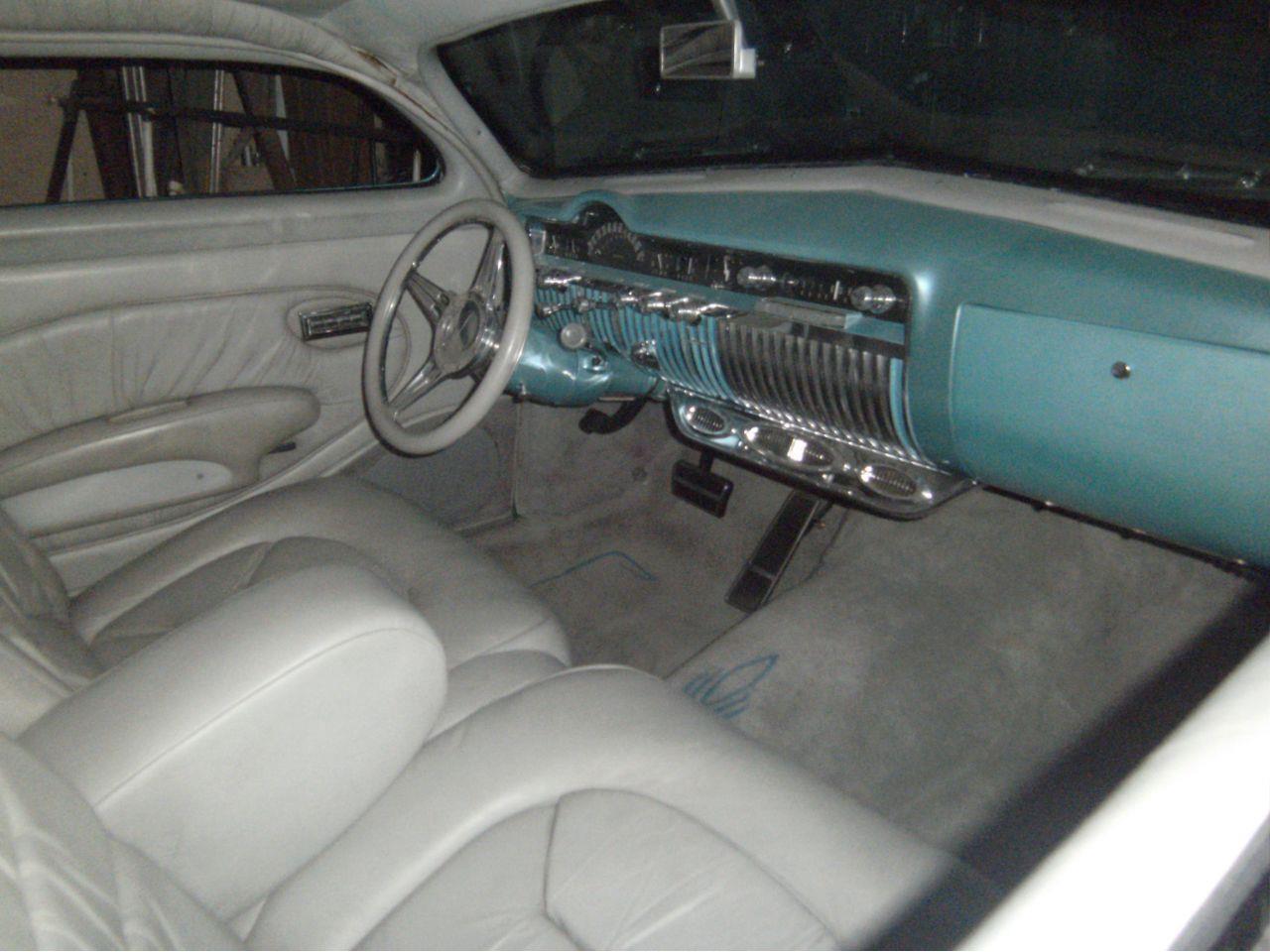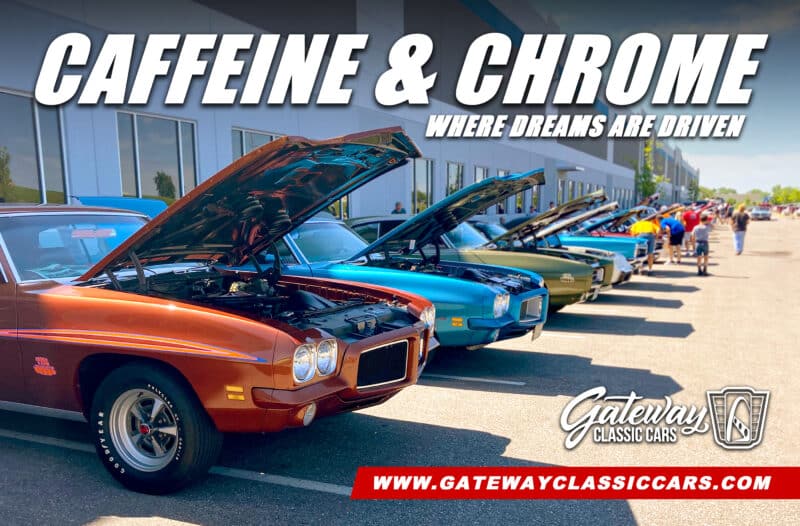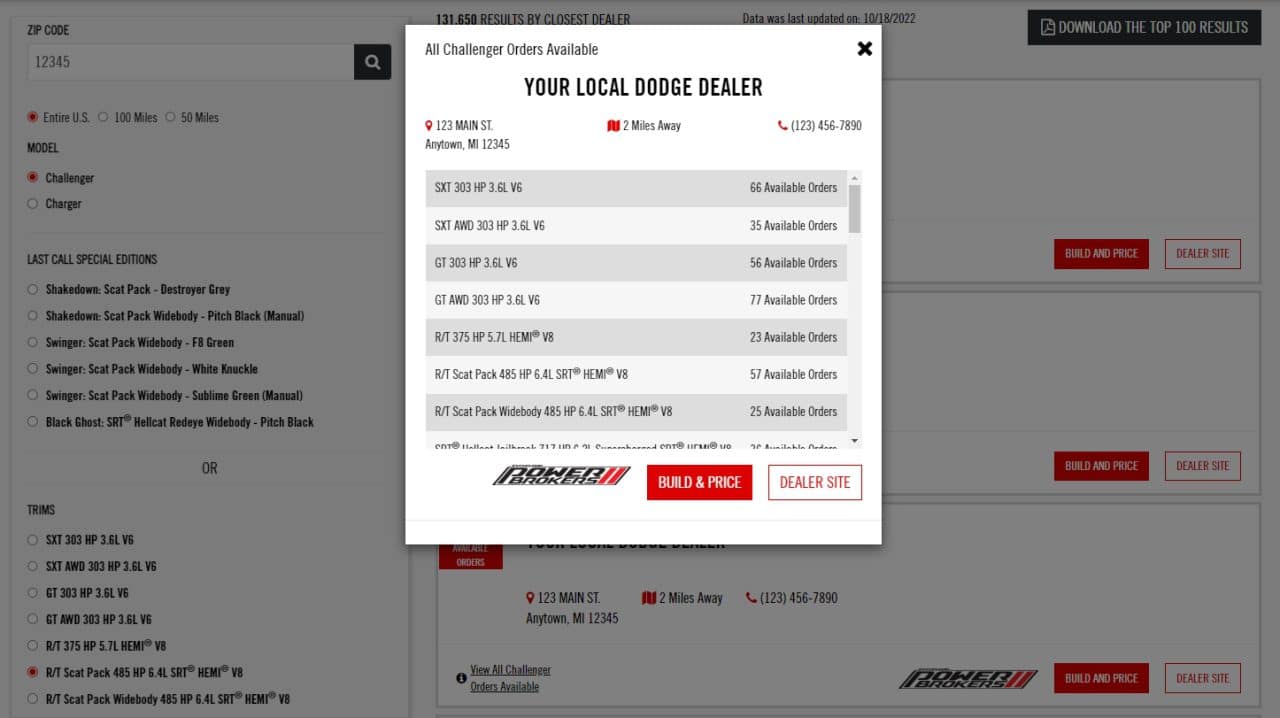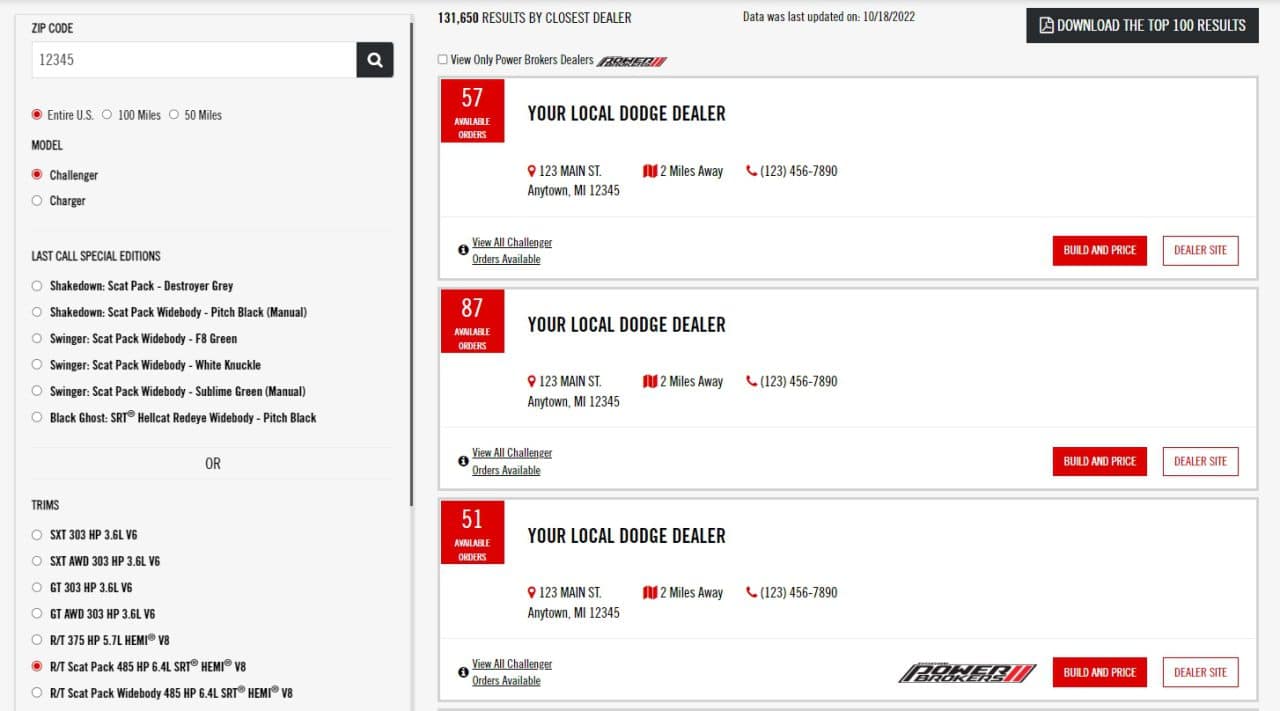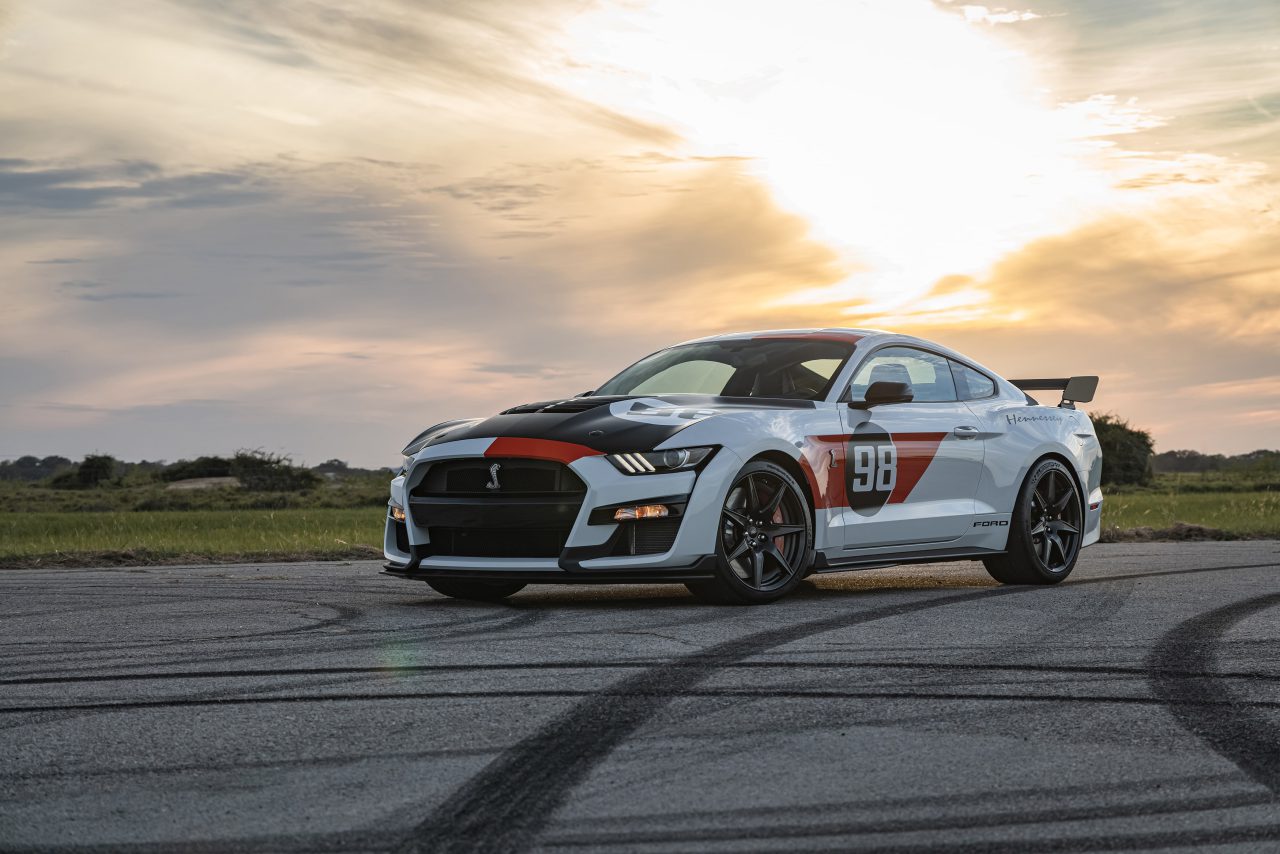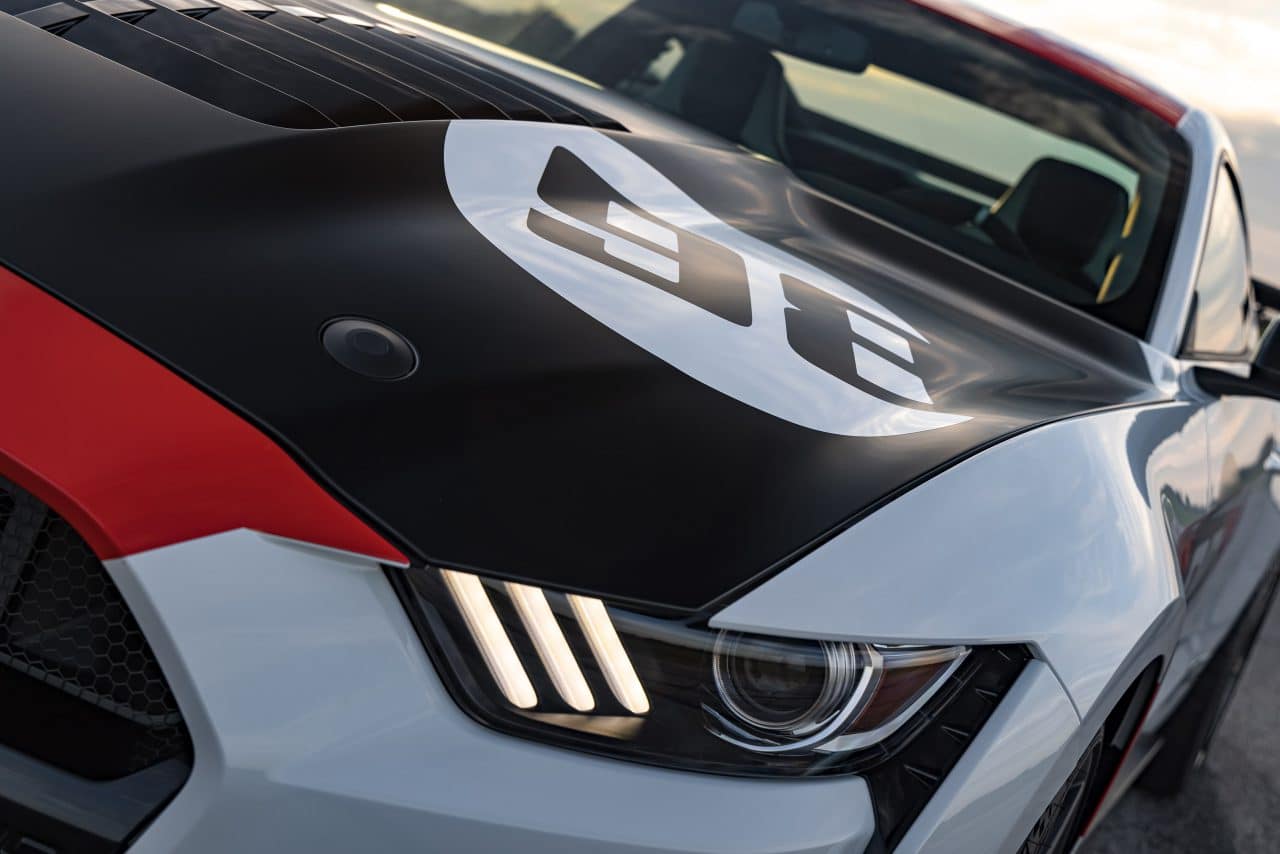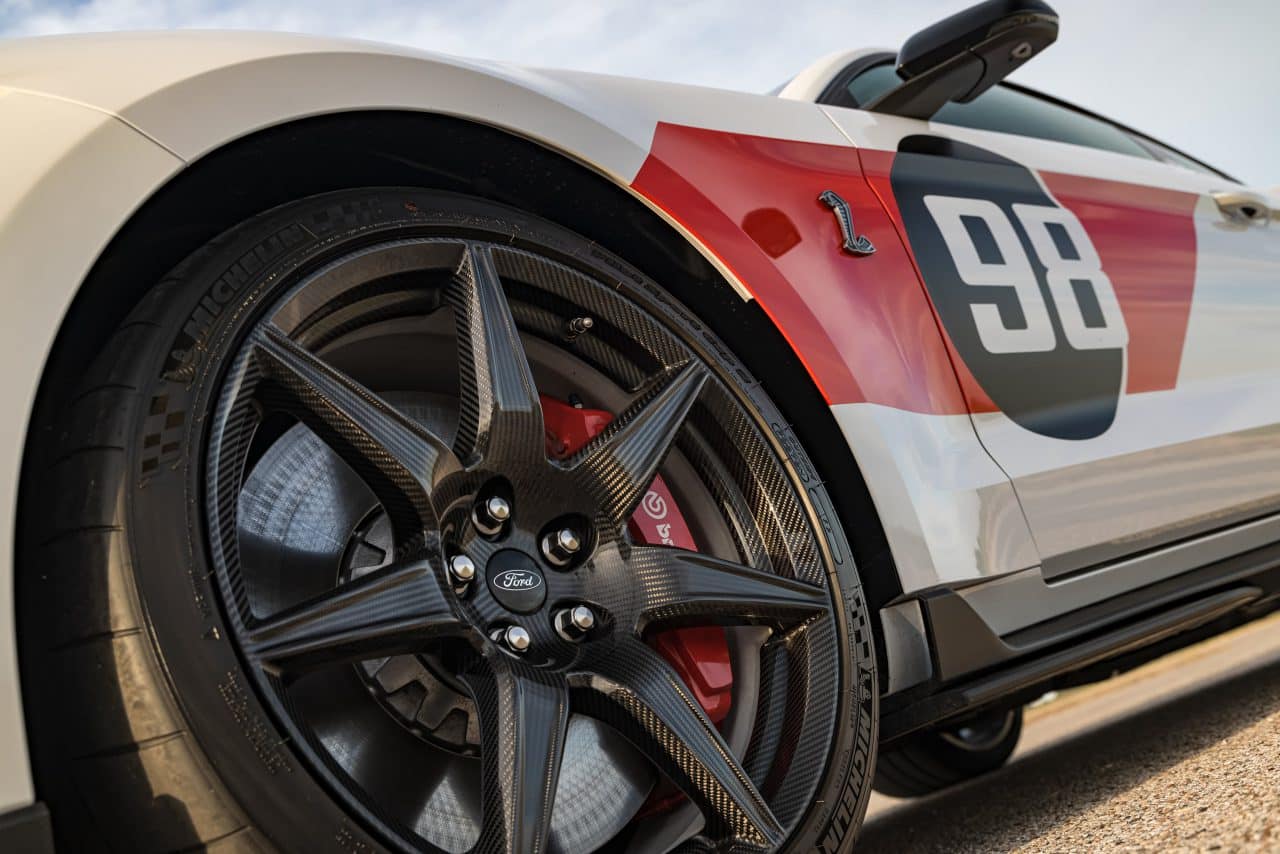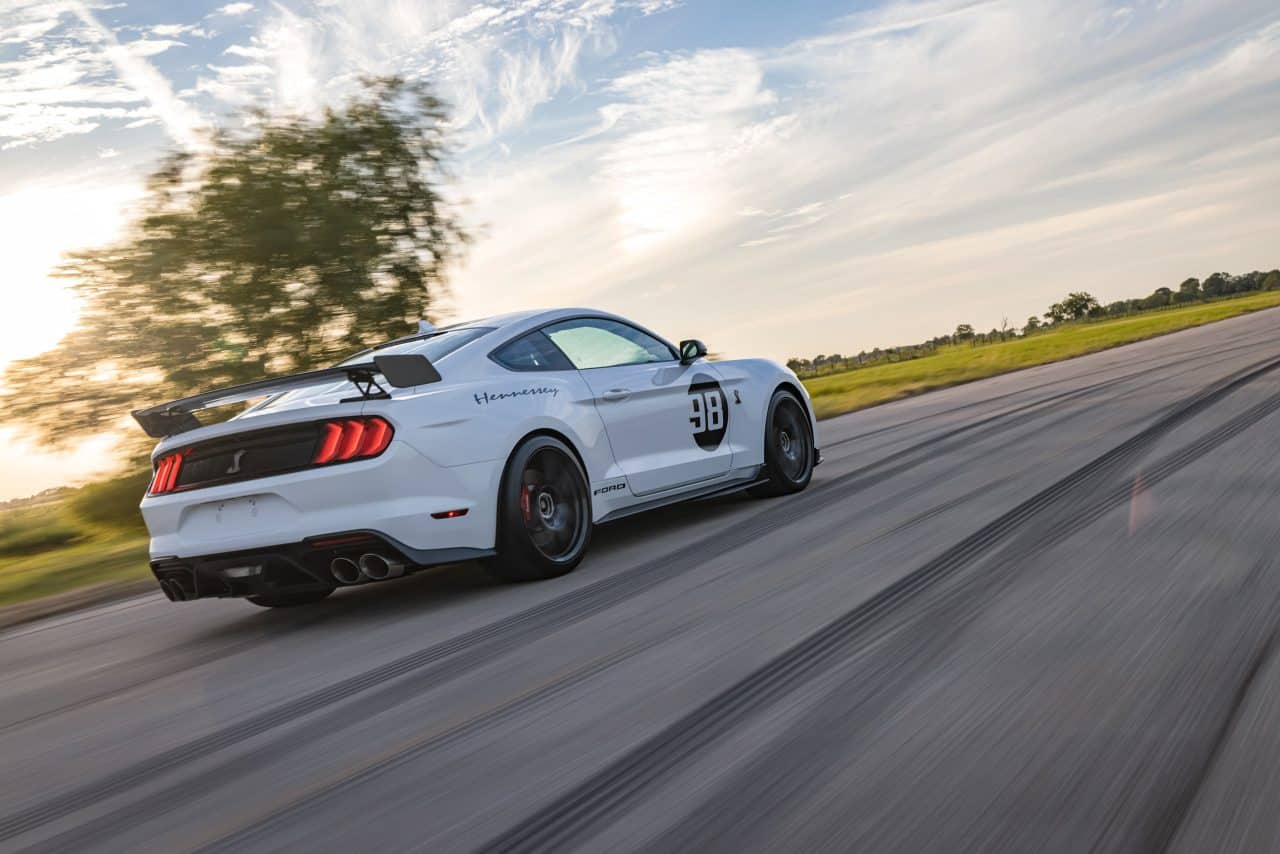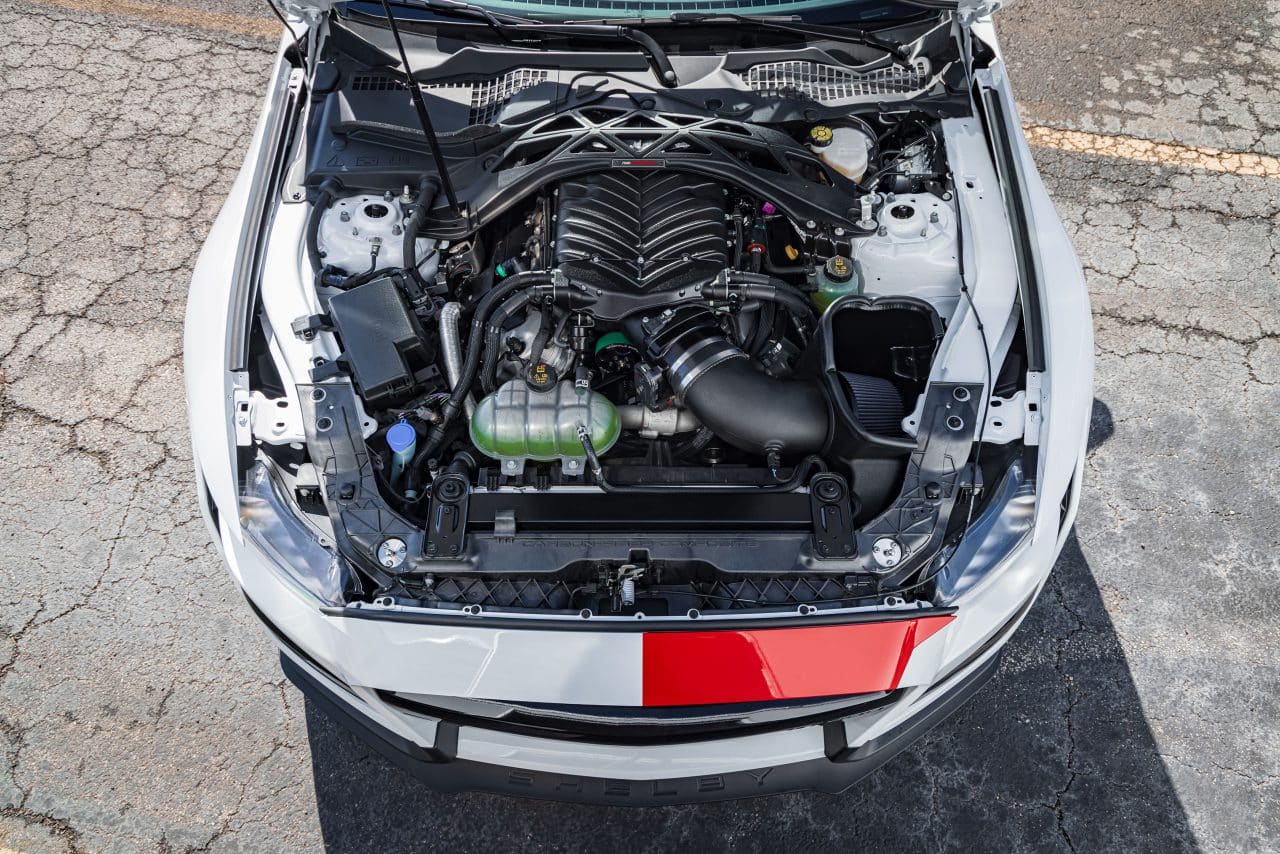The Mercury brand has had its ups and downs from its inception in 1939 to its bitter demise in 2011, but its greatest mark on the automotive world arguably would be the 1949-51 models. As Mercury’s first postwar series, Mercury bodies were shared with Lincoln, but it didn’t suffer from the bloated appearance of most of the upside-down bathtub cars (perhaps Hudson was the other). Plus, the Merc from this era became the quintessential lead sled in the burgeoning hot rod scene.
For all those reasons, this 1951 Mercury Monterey for sale on ClassicCars.com by a Montana broker is the Pick of the Day. (Click the link to view the listing)
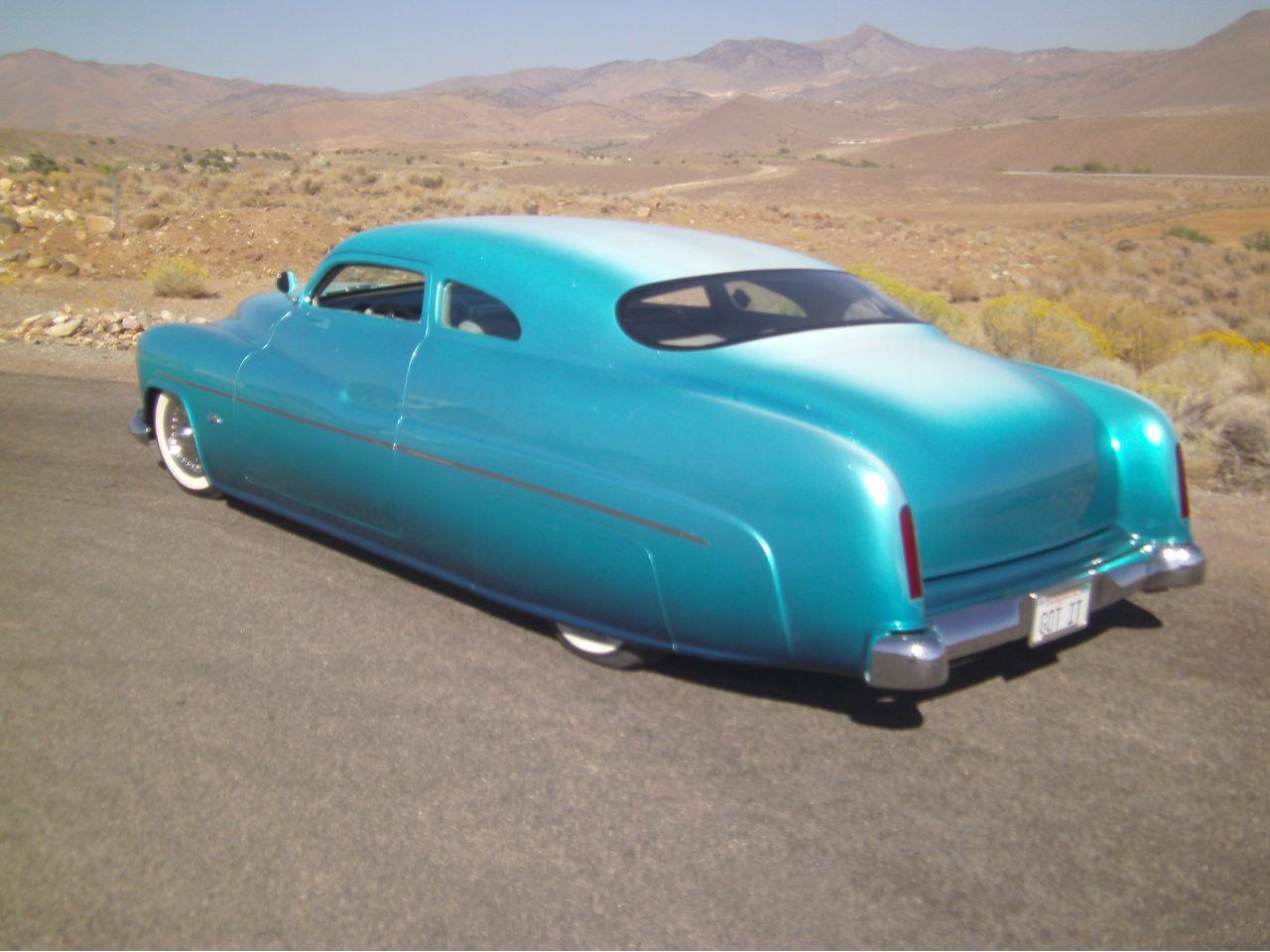
If you need another reason, then consider this: this custom Mercury has Gene Winfield’s fingerprints all over it. Says the seller, a cousin of the owner, “This Merc was my cousin Teddy’s pride and joy. His good friend Gene Winfield built it for him. [It even] has its own website: GotItMerc.com”. It’s appeared in magazines like Kustoms Illustrated (twice!), Car Kulture DeLuxe, and Custom Rodder.

Of course, this Mercury has all the usual modifications that make a lead sled Merc what it is, such as chopped roof, channeled and flared body, frenched headlights, custom grille and narrowed bumpers. Power comes from a Joe Reath-built 403 Oldsmobile small-block that is bored, balanced and cammed, with a TH400 automatic putting it all in motion. Frame and suspension are from a 1978 Oldsmobile sans air-bag conversion. Inside, you’ll find conveniences like gray leather interior with blue inlays, AM/FM Secret Sound radio, air conditioning, and power steering and brakes. The icing on the cake is a Winfield fade paint job.
Seller adds, “The car is showing some age on the paint. It had supposedly been sold to a collector but that never really happened, and it took two years to get the car back, and it had not been pampered like it should have.” Car is currently properly stored in Carson City, Nevada with the former owner’s son, the nephew of the seller.
“It was appraised at $180,000 after completion and now is being sold at a fraction of that figure.” That price is $80,000. The Merc has a clear California title and is being represented by the estate of the owner.
To view this listing on ClassicCars.com, see Pick of the Day.

